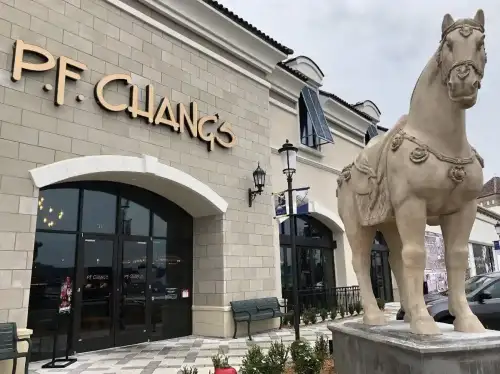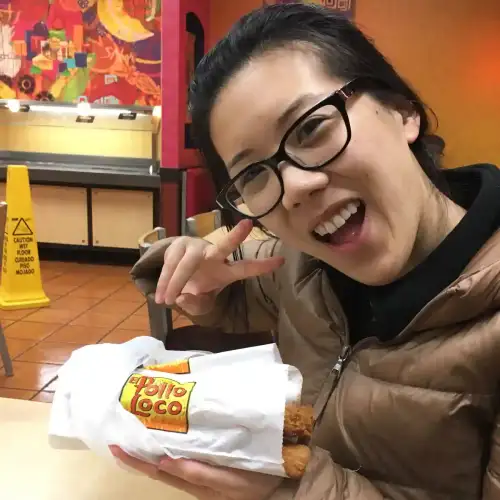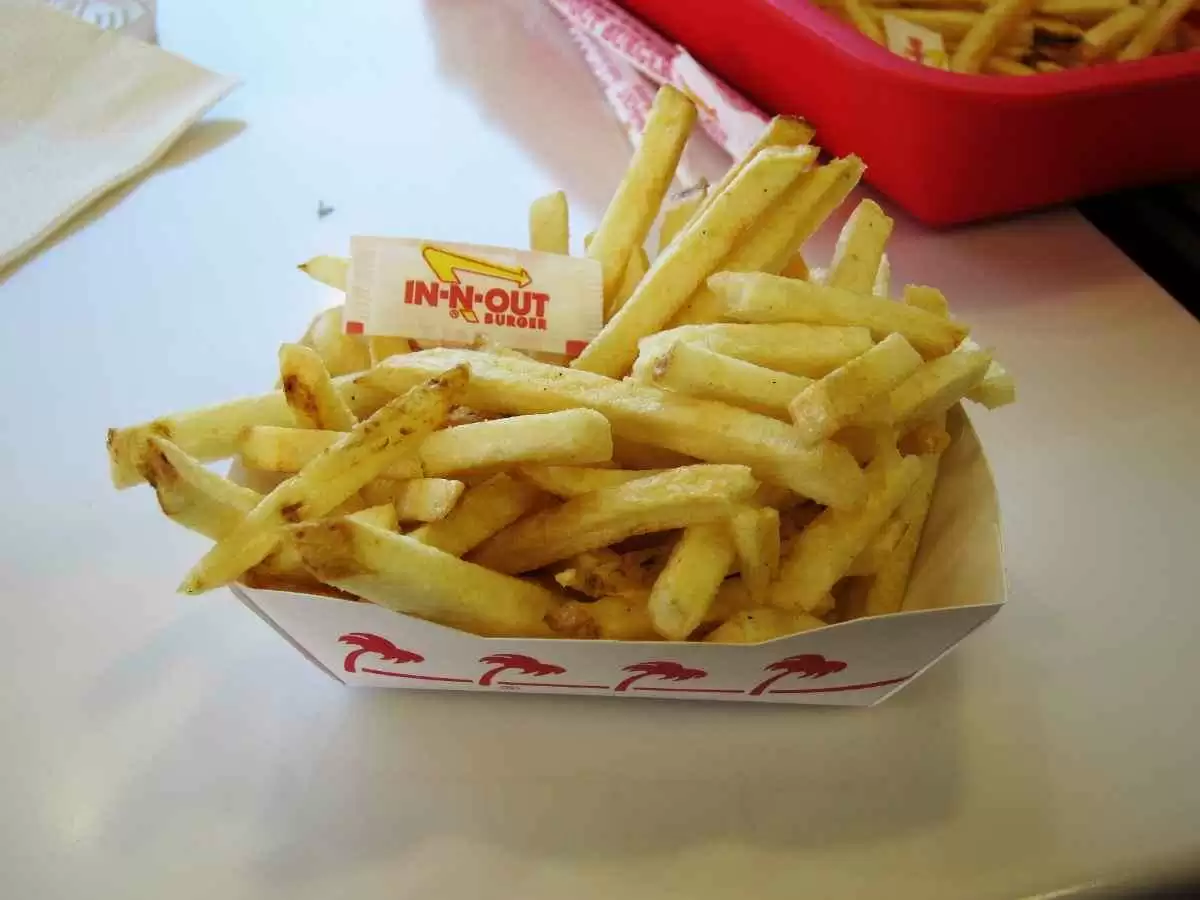Celiac.com 11/11/2025 - P.F. Chang’s is one of the better-known national restaurants to publish a dedicated gluten-free menu and to adapt classic Asian-inspired dishes with gluten-free sauces. That makes it a tempting option if you live with celiac disease or gluten sensitivity. Still, “gluten-free menu” does not automatically mean “risk-free.” This guide explains what P.F. Chang’s typically does to accommodate gluten-free diners, where hidden gluten can appear in Asian cuisine, and the exact questions to ask so you can decide if a specific location fits your needs.
What P.F. Chang’s Usually Offers
Most locations maintain a clearly labeled gluten-free section of the menu. The chain’s approach generally centers on swapping out common gluten sources—especially wheat-based soy sauce—for gluten-free tamari and using gluten-free versions of sauces such as hoisin or oyster sauce when available. In many restaurants, gluten-free dishes are plated on distinctively marked plates to help staff keep them separate during service.
Celiac.com Sponsor (A12):
Menus change, but gluten-free versions of guest favorites often include items like:
- Chicken lettuce wraps made with gluten-free tamari and a wheat-free sauce blend.
- Stir-fries (for example, a spicy chicken or Mongolian-style beef) prepared with gluten-free soy alternative.
- Fried rice or steamed rice made without wheat-based sauces.
- Simple soups or bowls, when the stock and seasonings are confirmed gluten-free.
Because offerings vary by season and location, always review the current gluten-free menu at the restaurant or online before you go.
Gluten Gotchas in Asian-Style Cooking
Asian cuisine can be wonderfully adaptable to gluten-free cooking, but there are several frequent sources of gluten to watch for:
- Soy sauce: Traditional soy sauce contains wheat. Ask for gluten-free tamari in all dishes and on the table.
- Hoisin, oyster, and other brown sauces: Many brands use wheat as a thickener. A gluten-free version must be used for your dish specifically.
- Marinades and stir-fry bases: Even “plain” meat or tofu may be pre-marinated. Verify that preps use gluten-free ingredients.
- “Crispy” or “battered” items: Anything dredged in flour or fried in shared oil is not safe for celiac disease.
- Malt vinegar or beer-based sauces: These add hidden gluten. Confirm the acid used is rice vinegar or another gluten-free option.
Cross-Contact: The Celiac-Specific Risk
The single biggest concern for people with celiac disease is cross-contact—when otherwise gluten-free food touches gluten during storage, prep, or cooking. P.F. Chang’s notes that kitchens are shared, even when a gluten-free menu is available. Some locations use dedicated woks and utensils for gluten-free orders; others use a cleaning and re-seasoning protocol between dishes. Either can work if done carefully, but you should confirm the procedure at the store you visit.
Common cross-contact pressure points include:
- Woks and sauté pans: If not dedicated, ask for a freshly washed pan cooked with clean utensils on a clean section of the line.
- Shared fryers: If a fryer is shared with breaded foods, anything from that fryer is not safe.
- Sauce ladles and condiment bins: Ladles can dip between gluten-containing and gluten-free sauces; request fresh ladles and fresh containers if possible.
- Garnish and prep boards: Scallions, herbs, or peppers may be chopped on boards that also see dumpling wrappers or breading; ask that garnishes for your dish are prepped on a clean board with fresh gloves.
How to Order Safely: A Step-by-Step Script
Use this simple process to reduce risk and make your needs clear:
- Check the current menu online and note the exact names of the gluten-free dishes you plan to order.
- Call the location during a quiet time and ask: “Do you have a gluten-free menu for medical gluten avoidance? How do you prevent cross-contact in the wok and on the line?” Listen for either dedicated gluten-free woks/utensils or a wash-and-sanitize protocol that sounds specific and consistent.
- At the host stand or with your server, state clearly: “I have celiac disease and need my meal prepared gluten-free with precautions to avoid cross-contact.”
- Confirm the details for each item: “Is this prepared with gluten-free tamari? Is it cooked in a cleaned wok with fresh utensils? No shared fryer?”
- Request table swaps: Ask for a bottle of gluten-free tamari at the table (not standard soy), and decline any sauces unless confirmed gluten-free.
- Before eating, visually check the plate: at many locations, gluten-free plates are distinctively marked. If anything looks unexpected (batter, crispy crumbs), pause and ask.
Safer Bets vs. Higher-Risk Picks
Although every kitchen is different, the categories below can help you build a safer order.
- Often safer (confirm prep): chicken lettuce wraps from the gluten-free menu, gluten-free marked stir-fries without breading, steamed rice or gluten-free fried rice made with tamari, simply cooked vegetables, and gluten-free labeled soups or bowls.
- Use extra caution or avoid: anything “crispy” or “battered,” items from a shared fryer, sauces not specifically marked gluten-free, and seasonal specials where staff are unsure about ingredients.
Takeout and Delivery Tips
Gluten-free takeout can be convenient, but packaging adds a few wrinkles:
- Ask for “gluten-free” noted on every container and for sauces to be sealed separately.
- Keep gluten and gluten-free items bagged apart to avoid spills touching your food.
- At home, re-plate your meal with clean utensils just in case a lid picked up crumbs from the kitchen counter.
What This Means for People with Celiac Disease
P.F. Chang’s can be a workable option if you need strictly gluten-free food, but success relies on two things: a location that follows consistent cross-contact controls, and clear communication about your medical need. The presence of a gluten-free menu is a strong start; the real safety comes from how your dish is cooked and plated. When a location uses gluten-free tamari, keeps gluten-free dishes separate, and respects requests for clean woks and utensils, many guests with celiac disease report good outcomes. If a location cannot confirm those steps, it is better to choose another restaurant that can.
Key Takeaways
- P.F. Chang’s typically offers a clearly labeled gluten-free menu using gluten-free tamari and adapted sauces.
- The biggest risk is cross-contact at the wok, the fryer, and sauce stations—verify controls at your specific location.
- A simple ordering script—naming celiac disease, confirming gluten-free sauces and clean equipment, and requesting fresh gloves—can reduce risk.
- Build meals from non-battered items, gluten-free-labeled stir-fries, and rice; avoid anything from a shared fryer.
- If staff cannot explain their cross-contact protocol, choose another option; your health comes first.
Bottom Line
P.F. Chang’s makes a visible effort to welcome gluten-free diners by offering modified versions of popular dishes. For people with celiac disease or gluten sensitivity, the menu labels are helpful, but they are only part of the safety story. Ask about tamari, woks, utensils, and frying oil every time. When the answers are reassuring and consistent, you can enjoy a flavorful, gluten-free meal with confidence. When they are not, move on—there are always other choices, and your long-term health is worth the extra call or question.










Recommended Comments
There are no comments to display.
Create an account or sign in to comment
You need to be a member in order to leave a comment
Create an account
Sign up for a new account in our community. It's easy!
Register a new accountSign in
Already have an account? Sign in here.
Sign In Now